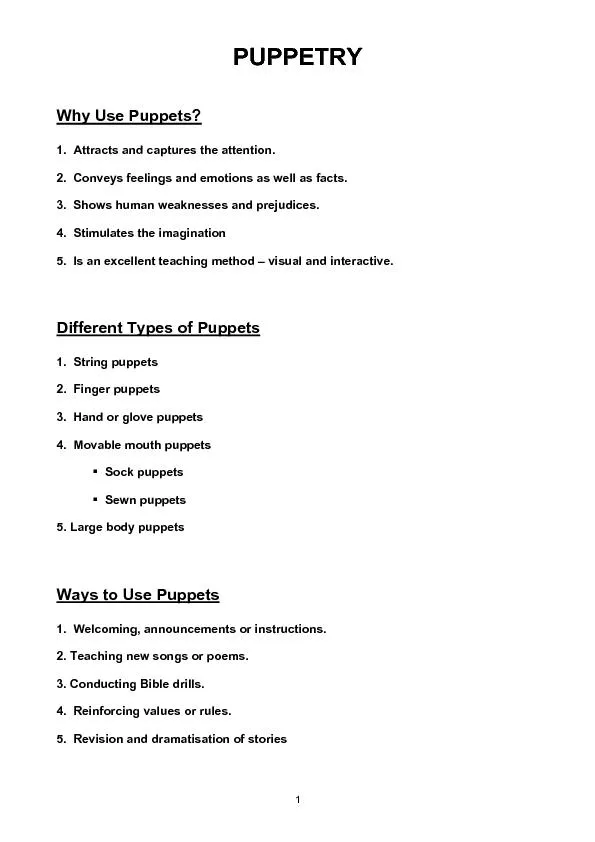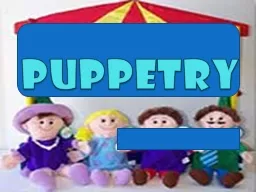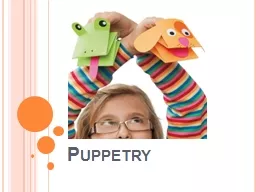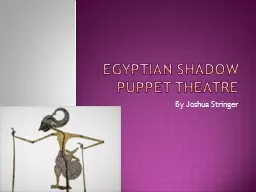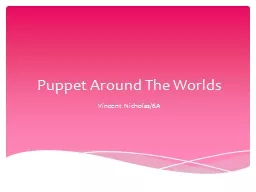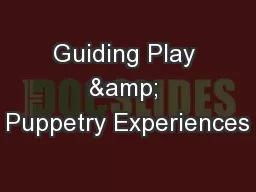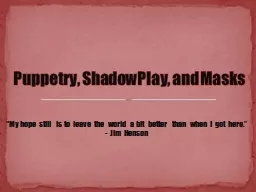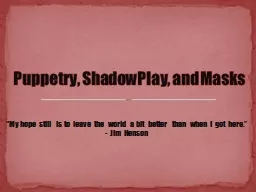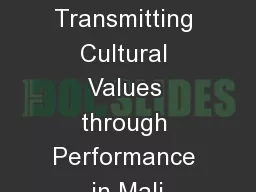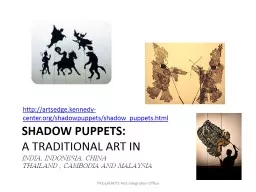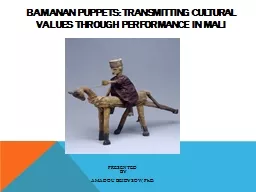PDF-Why Use Puppets?
Author : liane-varnes | Published Date : 2017-11-21
PUPPETRY 2 Conveys feelings and emotions as well as facts 3 Shows human we5 Is an excellent teaching method 150 visual and interactive Sewn puppets 5 Large body
Presentation Embed Code
Download Presentation
Download Presentation The PPT/PDF document "Why Use Puppets?" is the property of its rightful owner. Permission is granted to download and print the materials on this website for personal, non-commercial use only, and to display it on your personal computer provided you do not modify the materials and that you retain all copyright notices contained in the materials. By downloading content from our website, you accept the terms of this agreement.
Why Use Puppets?: Transcript
Download Rules Of Document
"Why Use Puppets?"The content belongs to its owner. You may download and print it for personal use, without modification, and keep all copyright notices. By downloading, you agree to these terms.
Related Documents

